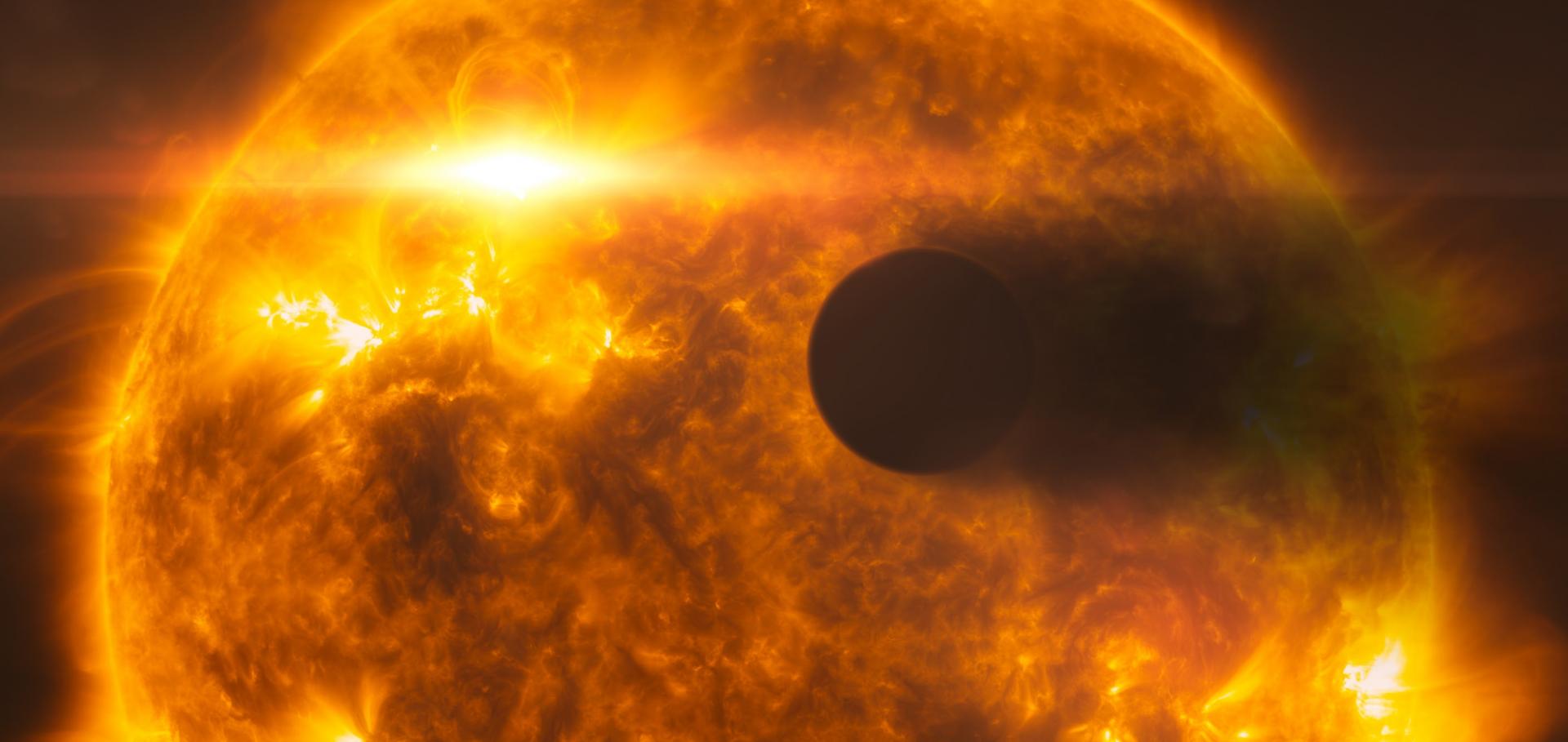Modelling stochastic and quasi-periodic behaviour in stellar time-series: Gaussian process regression versus power-spectrum fitting
Monthly Notices of the Royal Astronomical Society Oxford University Press (OUP) 531:4 (2024) 4181-4202
TOI-837 b is a young Saturn-sized exoplanet with a massive 70 M⊕ core
Monthly Notices of the Royal Astronomical Society Oxford University Press (OUP) 531:4 (2024) 4275-4292
nuance: Efficient Detection of Planets Transiting Active Stars
Astronomical Journal IOP Publishing 167:6 (2024) 284
Abstract:
The detection of planetary transits in the light curves of active stars, featuring correlated noise in the form of stellar variability, remains a challenge. Depending on the noise characteristics, we show that the traditional technique that consists of detrending a light curve before searching for transits alters their signal-to-noise ratio and hinders our capability to discover exoplanets transiting rapidly rotating active stars. We present nuance, an algorithm to search for transits in light curves while simultaneously accounting for the presence of correlated noise, such as stellar variability and instrumental signals. We assess the performance of nuance on simulated light curves as well as on the Transiting Exoplanet Survey Satellite light curves of 438 rapidly rotating M dwarfs. For each data set, we compare our method to five commonly used detrending techniques followed by a search with the Box-Least-Squares algorithm. Overall, we demonstrate that nuance is the most performant method in 93% of cases, leading to both the highest number of true positives and the lowest number of false-positive detections. Although simultaneously searching for transits while modeling correlated noise is expected to be computationally expensive, we make our algorithm tractable and available as the JAX-powered Python package nuance, allowing its use on distributed environments and GPU devices. Finally, we explore the prospects offered by the nuance formalism and its use to advance our knowledge of planetary systems around active stars, both using space-based surveys and sparse ground-based observations.Investigating stellar activity through eight years of Sun-as-a-star observations
(2024)
The Impact of Scattering Clouds when Studying Exoplanet Emission Spectra with JWST
Copernicus Publications (2024)


